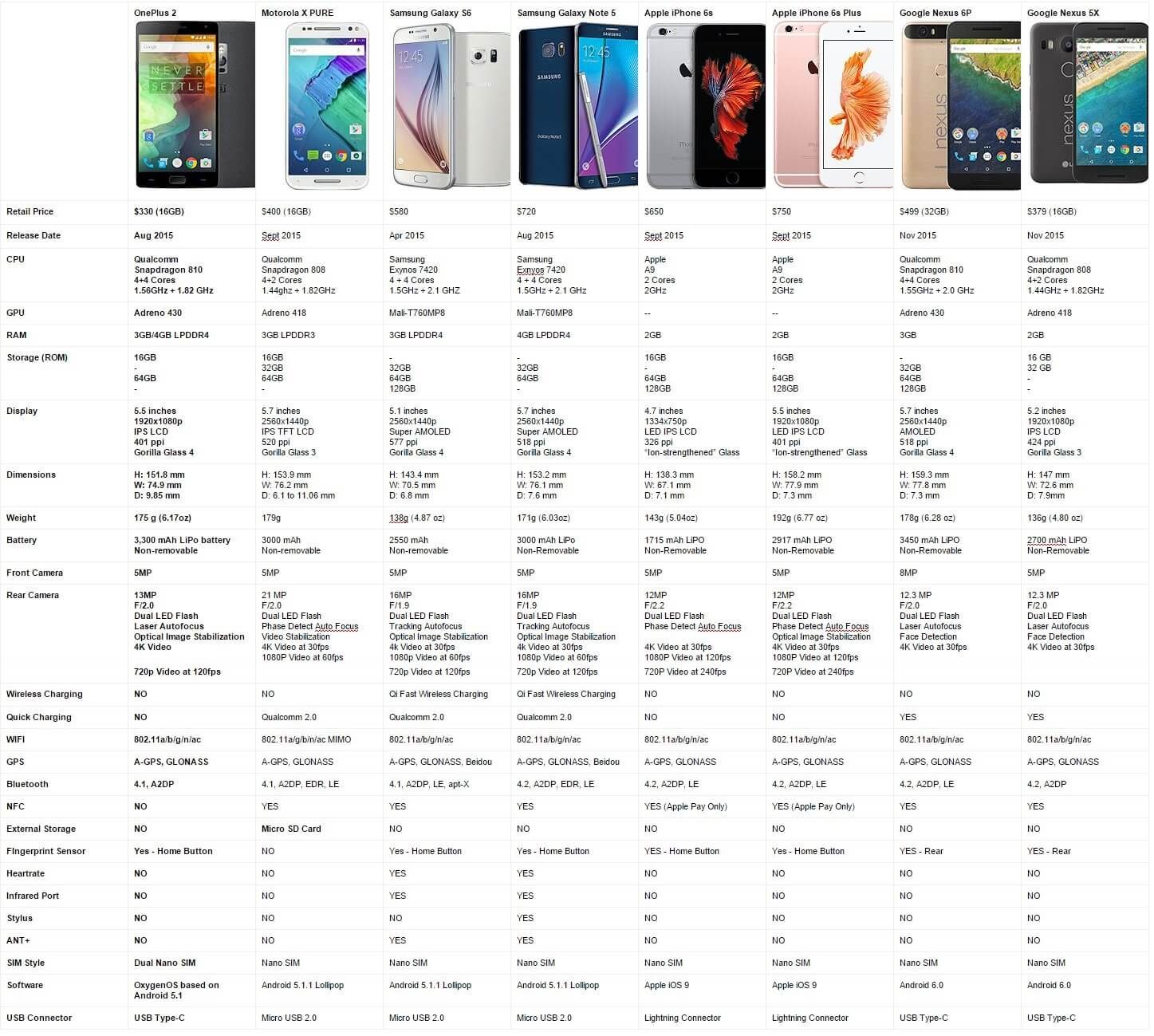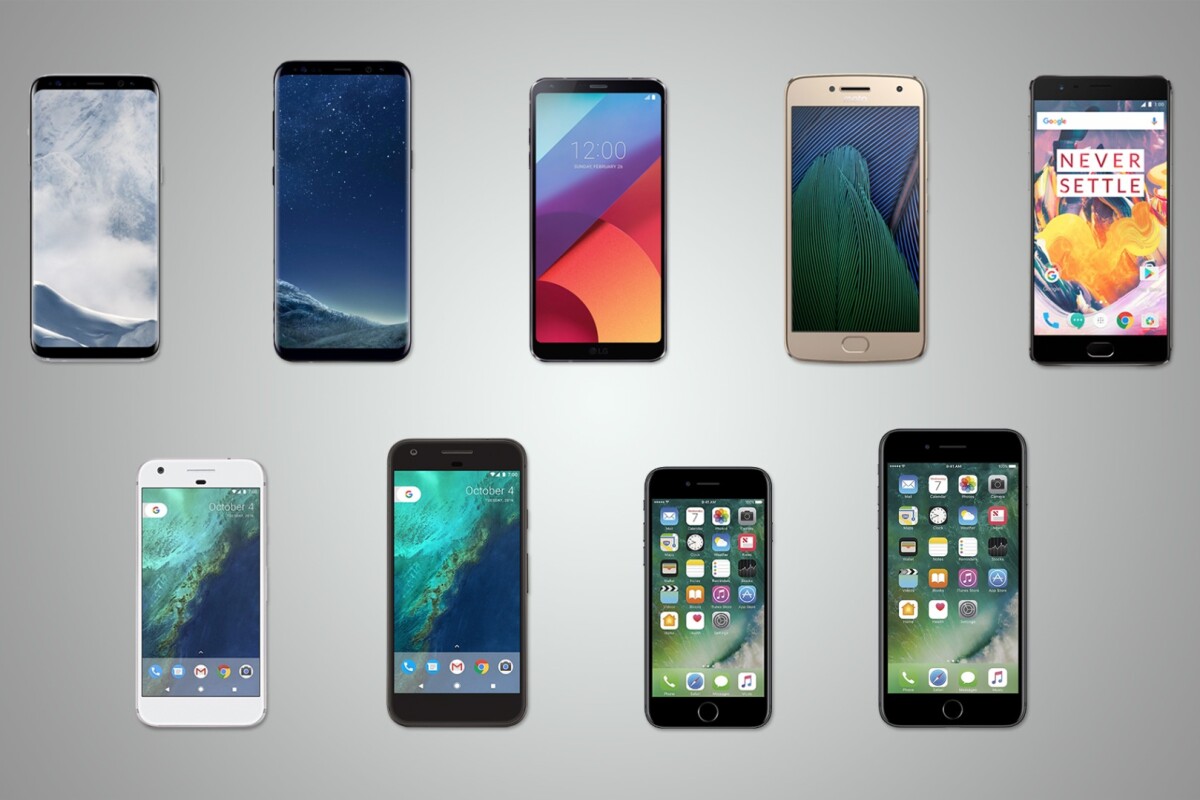
The Latest Phone Specs Breakdown: A Deep Dive into What Matters
The smartphone market moves at a dizzying pace. New models are released constantly, each boasting a list of impressive specifications. But what do these specs really mean for your everyday use? This in-depth breakdown will demystify the latest phone specifications, helping you make informed decisions when choosing your next device.
1. Processors (SoCs): The Brains of the Operation
At the heart of any smartphone lies the System-on-a-Chip (SoC), often simply referred to as the processor. This single chip integrates the CPU, GPU, memory controllers, and other crucial components. The SoC dictates how quickly your phone can perform tasks, handle graphics, and manage power consumption.
- CPU (Central Processing Unit): The CPU executes instructions, handling everything from basic app functions to complex calculations. Key metrics include:
- Core Count: Most modern phones feature multi-core CPUs (e.g., octa-core, deca-core). More cores generally allow the phone to handle multiple tasks simultaneously without slowing down. However, core count isn’t everything; the architecture and efficiency of each core are equally important.
- Clock Speed: Measured in GHz, clock speed indicates how many instructions a core can execute per second. Higher clock speeds can translate to faster performance, but again, it’s not the sole determinant.
- Architecture: The CPU architecture (e.g., ARM Cortex-A series) defines how the cores are designed. Newer architectures are typically more efficient and offer better performance per clock cycle.
- GPU (Graphics Processing Unit): The GPU handles graphics rendering, crucial for gaming, video playback, and even the smoothness of the user interface.
- Architecture: Like CPUs, GPUs have different architectures (e.g., Adreno, Mali, PowerVR). Newer architectures offer improved performance and support for advanced graphics features like ray tracing.
- Clock Speed and Memory: Higher clock speeds and dedicated memory (VRAM) allow the GPU to handle more complex graphics tasks.
- Neural Processing Unit (NPU) / AI Engine: NPUs are dedicated hardware accelerators for artificial intelligence (AI) tasks. They speed up things like image recognition, natural language processing, and machine learning algorithms.
- Examples:
- Qualcomm Snapdragon: A popular choice for Android phones, Snapdragon SoCs are known for their balanced performance and features. High-end Snapdragon chips (e.g., Snapdragon 8 Gen 3) offer flagship-level performance.
- MediaTek Dimensity: Dimensity SoCs have gained prominence for their competitive performance and power efficiency. High-end Dimensity chips (e.g., Dimensity 9300) rival Snapdragon in many areas.
- Apple A-Series: Exclusively used in iPhones and iPads, Apple’s A-series chips are renowned for their exceptional performance and tight integration with iOS.
- Google Tensor: Found in Pixel phones, Tensor SoCs are designed with a focus on AI and machine learning, enabling features like advanced camera processing and speech recognition.
2. Memory and Storage: The Foundation of Responsiveness
- RAM (Random Access Memory): RAM is the phone’s short-term memory, used to store data and applications that are currently in use. More RAM allows the phone to run more apps simultaneously without slowing down or needing to reload them.
- Capacity: 8GB of RAM is generally considered the minimum for a smooth experience in modern Android phones. High-end phones often offer 12GB, 16GB, or even 24GB of RAM.
- Type: LPDDR (Low Power Double Data Rate) is the standard type of RAM used in smartphones. Newer versions (e.g., LPDDR5, LPDDR5X) offer faster speeds and improved power efficiency.
- Storage: Storage is where your phone stores your operating system, apps, photos, videos, and other files.
- Capacity: 128GB is a reasonable starting point for storage, but if you take a lot of photos and videos or install many apps, you may want to opt for 256GB, 512GB, or even 1TB.
- Type: UFS (Universal Flash Storage) is the standard type of storage used in smartphones. Newer versions (e.g., UFS 4.0) offer significantly faster read and write speeds, which can improve app loading times, file transfers, and overall system responsiveness.
- Expandable Storage: Some Android phones offer a microSD card slot, allowing you to expand the storage capacity. However, iPhones do not offer expandable storage.
3. Display: Your Window to the World
The display is one of the most important aspects of a smartphone, as it’s what you interact with directly.
- Panel Type:
- LCD (Liquid Crystal Display): LCDs are a more established technology and are generally more affordable. They offer good color accuracy and brightness, but contrast ratios and black levels may not be as good as OLED displays.
- OLED (Organic Light Emitting Diode): OLED displays offer superior contrast ratios, deeper blacks, and more vibrant colors compared to LCDs. They also tend to be more power-efficient, as individual pixels can be turned off completely.
- AMOLED (Active Matrix OLED): A type of OLED display that uses an active matrix backplane for faster response times and improved image quality.
- POLED (Plastic OLED): A type of OLED display that uses a flexible plastic substrate, allowing for curved or foldable displays.
- Resolution: Resolution refers to the number of pixels on the display. Higher resolutions result in sharper and more detailed images.
- HD (High Definition): Typically 720p (1280 x 720 pixels).
- Full HD (FHD): Typically 1080p (1920 x 1080 pixels).
- Quad HD (QHD): Typically 1440p (2560 x 1440 pixels).
- 4K UHD (Ultra High Definition): Typically 2160p (3840 x 2160 pixels).
- Refresh Rate: Refresh rate refers to how many times the display updates per second, measured in Hz. Higher refresh rates (e.g., 90Hz, 120Hz) result in smoother scrolling, animations, and gaming.
- Brightness: Measured in nits, brightness indicates how bright the display can get. Higher brightness is important for viewing the display in direct sunlight.
- HDR (High Dynamic Range): HDR displays can display a wider range of colors and contrast, resulting in more realistic and immersive images and videos.
- Screen Protections: Most phones come with some form of screen protection (e.g., Gorilla Glass, Ceramic Shield) to prevent scratches and cracks.
4. Camera: Capturing Memories
The camera has become one of the most important features of a smartphone.
- Megapixels: Megapixels refer to the number of pixels in an image. While more megapixels can result in more detailed images, sensor size and image processing are equally important.
- Sensor Size: Larger sensors can capture more light, resulting in better low-light performance and dynamic range.
- Aperture: Aperture refers to the opening in the lens that allows light to enter. A wider aperture (e.g., f/1.8, f/1.5) allows more light to enter, resulting in better low-light performance and shallower depth of field.
- Optical Image Stabilization (OIS): OIS helps to reduce blur caused by camera shake, resulting in sharper images and smoother videos.
- Lens Types:
- Wide: The standard lens for most photos.
- Ultrawide: Captures a wider field of view, ideal for landscapes and group shots.
- Telephoto: Offers optical zoom, allowing you to zoom in on distant subjects without losing detail.
- Macro: Allows you to take close-up photos of small objects.
- Image Processing: Software algorithms that enhance the image quality, including noise reduction, HDR, and AI-powered features.
- Video Recording:
- Resolution: Most phones can record video at 1080p (Full HD) or 4K UHD. Some high-end phones can even record video at 8K.
- Frame Rate: Measured in frames per second (fps). Higher frame rates result in smoother video. Common frame rates include 30fps, 60fps, and 120fps.
5. Battery and Charging: Staying Powered Up
- Battery Capacity: Measured in mAh (milliampere-hours), battery capacity indicates how much energy the battery can store. Larger battery capacities generally result in longer battery life.
- Charging Speed: Measured in watts (W), charging speed indicates how quickly the phone can be charged. Higher wattage chargers can charge the phone faster.
- Charging Technology:
- USB Power Delivery (USB PD): A standard charging protocol that allows for faster charging speeds.
- Qualcomm Quick Charge: A proprietary charging technology that also allows for faster charging speeds.
- Wireless Charging: Allows you to charge the phone wirelessly using a charging pad.
- Battery Optimization: Software features that help to reduce power consumption and extend battery life.
6. Connectivity: Staying Connected
- 5G: The latest generation of mobile network technology, offering significantly faster speeds and lower latency compared to 4G LTE.
- Wi-Fi: The standard wireless networking technology. Newer versions (e.g., Wi-Fi 6, Wi-Fi 6E, Wi-Fi 7) offer faster speeds and improved performance.
- Bluetooth: A short-range wireless communication technology. Newer versions (e.g., Bluetooth 5.3) offer improved range, speed, and power efficiency.
- NFC (Near Field Communication): Allows for contactless payments and other short-range communication tasks.
- Ports:
- USB-C: The standard port for charging and data transfer.
- 3.5mm Headphone Jack: Increasingly rare, but still present on some phones.
7. Software: The User Experience
- Operating System:
- Android: The most popular mobile operating system, developed by Google.
- iOS: The operating system used exclusively on iPhones and iPads, developed by Apple.
- User Interface (UI): The visual design and layout of the operating system.
- Software Updates: Regular software updates are important for security, bug fixes, and new features.
8. Other Considerations
- Build Quality: The materials used to construct the phone, such as glass, metal, or plastic.
- Water Resistance: IP (Ingress Protection) ratings indicate the phone’s resistance to water and dust.
- Biometrics: Security features such as fingerprint scanners and facial recognition.
- Speakers: The quality and loudness of the phone’s speakers.
- Haptics: The quality and responsiveness of the phone’s vibration motor.
Conclusion
Understanding these specifications is crucial for making an informed decision when buying a new phone. Don’t be swayed by marketing hype; instead, focus on the specifications that matter most to you based on your usage patterns and priorities. A phone with a powerful processor, ample RAM, a vibrant display, and a capable camera will provide a satisfying and long-lasting experience. Good luck with your phone search!
